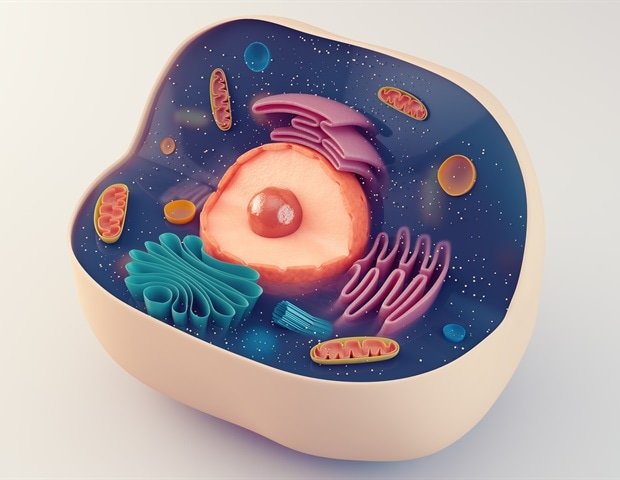Amino acids are the building blocks of life. We get them from the food we eat and the body uses them to make proteins, which in turn are used for growth, development and many other functions. However, in order for the body to build with these blocks, it must first be able to sense their presence.
When amino acids are available, a master regulatory protein called TORC1 is activated, causing protein production and cell growth. If no amino acids are available, TORC1 is deactivated and cells begin to recycle themselves in a process known as autophagy. Until now, it was unclear exactly how amino acids activated the TORC1 switch in yeast.
Now, in a study published in Cell referencesresearchers from Osaka University have revealed how TORC1 is activated: sensing the amino acid cysteine.
We investigated the relationships between amino acids and TORC1 activation in yeast Saccharomyces cerevisiae. We found that cysteine is sensed by a protein called Pib2 and that the two bind together and activate TORC1. This stimulates protein and lipid synthesis, promoting cell proliferation.”
Qingzhong Zeng, lead author of the study
Furthermore, cysteine is not the only amino acid that activates TORC1. All 20 amino acids were found to differentially affect TORC1 using two “pathways”: Pib2 and Gtr. A pathway can be thought of as a specific chain reaction that leads to certain outcomes in a cell. The team set out to clarify how each amino acid uses these pathways to affect TORC1.
“Some amino acids mainly use the Pib2 pathway, while others mainly use Gtr,” explains senior author Takeshi Noda. “We also identified amino acids that can use both pathways and some that require both. This work is exciting to us because it deepens our understanding of how amino acids control cell growth and autophagy and how each amino acid is sensed.”
In humans, defective TORC1 function has been linked to diseases such as cancer, diabetes and dementia. A more complete understanding of how TORC1 is turned on and off, and how each amino acid is sensed, could help researchers find new treatments for these diseases—an exciting prospect.
Source:
Journal Reference:
Zeng, Q., et al. (2023) Pib2 is a cysteine sensor involved in TORC1 activation in Saccharomyces cerevisiae. Cell references. doi.org/10.1016/j.celrep.2023.113599.
